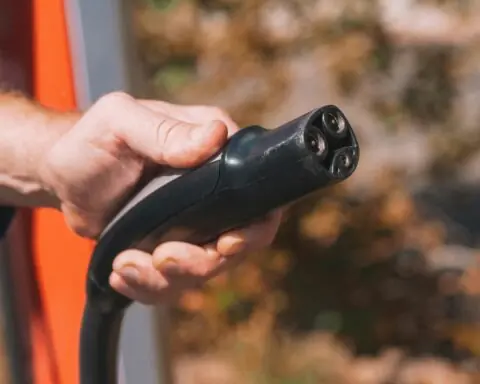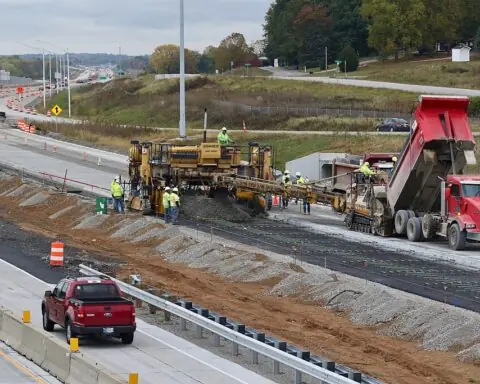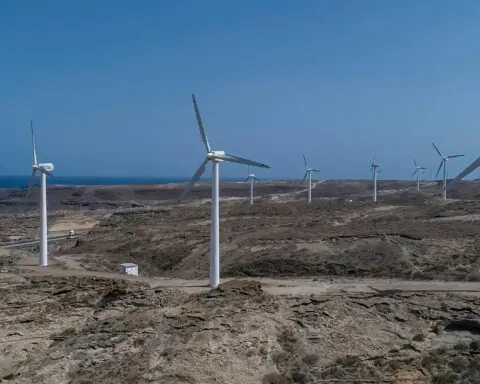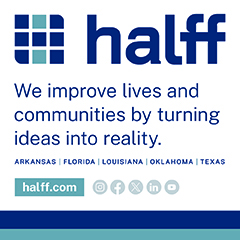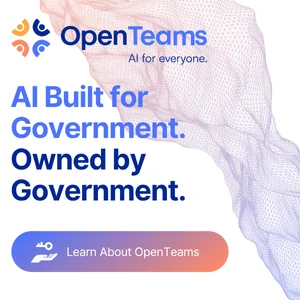The U.S. Government Accountability Office said the Joint Office and U.S. Department of Transportation need to set clearer goals and guidelines to track progress associated with helping grow a national network of electric vehicle chargers.
While the number of electric vehicles on the nation’s roads has grown, wider adoption of the vehicles may have be slowed because there aren’t enough chargers available across the country, according to a recent GAO report.
The GAO gave the guidance in the wake of a recent executive order to halt program funding, ongoing DOT program reviews and a significant reduction in staff at the Joint Office.
The Joint Office has played a key role in coordinating efforts to advance a nationwide electric vehicle charging network, such as by providing technical assistance to state DOTs and regional transportation authorities.
The GAO said in its report that the Joint Office has taken some steps to assess its activities but generally has not defined performance goals with measurable targets and time frames for its activities.
The Federal Highway Administration (FHWA) under the DOT administers two programs that support public electric vehicle charging infrastructure: the National Electric Vehicle Infrastructure Formula Program (NEVI) and the Charging and Fueling Infrastructure Discretionary Grant Program (CFI).
Fully implementing a performance management framework that defines and assesses progress could better position the Joint Office to support DOE, DOT and others — including state governments, regional transportation authorities and private companies — involved in building the electric vehicle charging network, according to GAO officials.
The DOT has not defined any performance goals for CFI or NEVI that would enable it to assess progress in the near term, the GAO said.
As of April 2025, 384 NEVI- and CFI-funded chargers were open to the public, according to the GAO. In addition, FHWA has identified long-term outcomes for the programs and collected some performance information, such as tracking the number of chargers.
However, FHWA has not fully defined performance goals for some of the main purposes of NEVI, including improving access to electric vehicle chargers, GAO said.
Fully implementing performance management frameworks that define and assess progress toward performance goals would help the Joint Office and FHWA better understand the results of their efforts and determine any additional steps needed to achieve desired outcomes
Performance goals and assessments would help FHWA establish expectations for federal programs supporting public electric vehicle charging infrastructure and demonstrate results to help Congress and the public better understand these investments, the GOA said.
Photo by Kindel Media from Pexels







